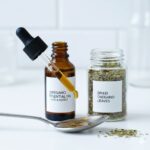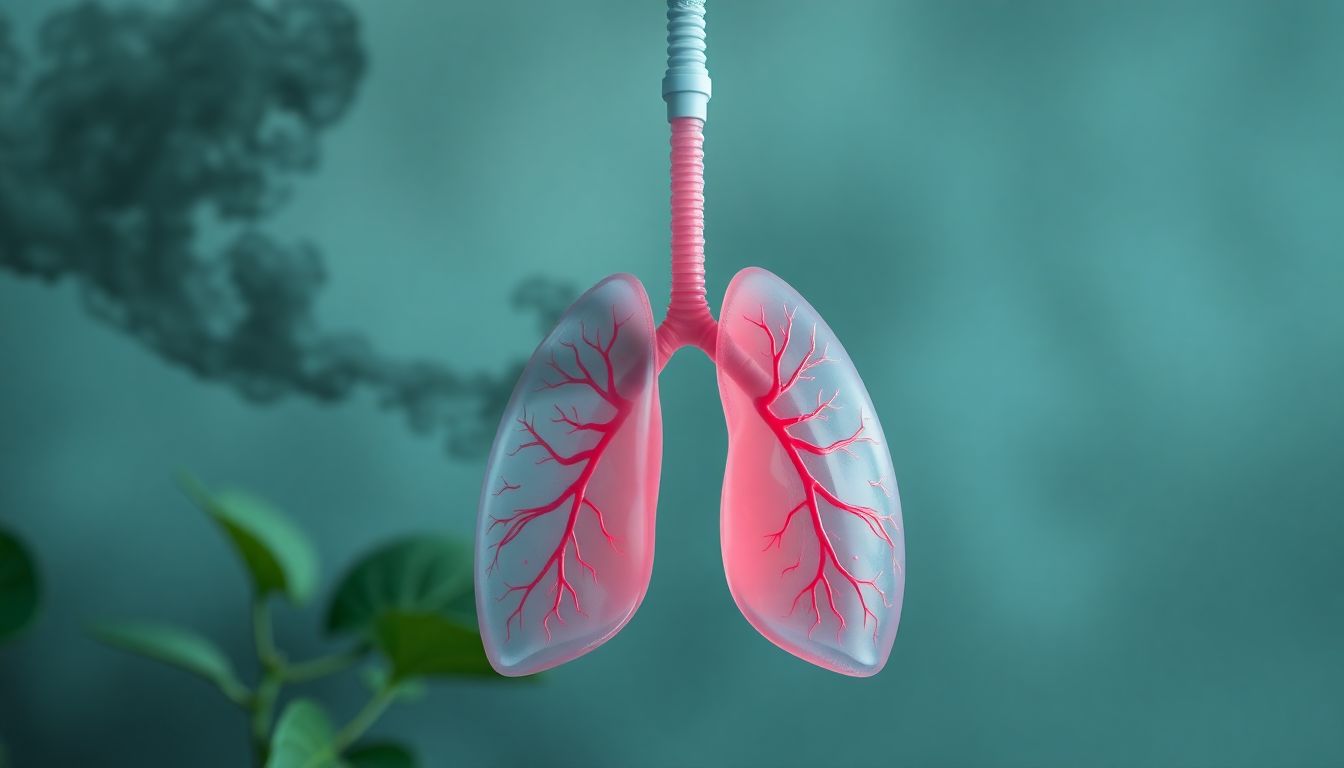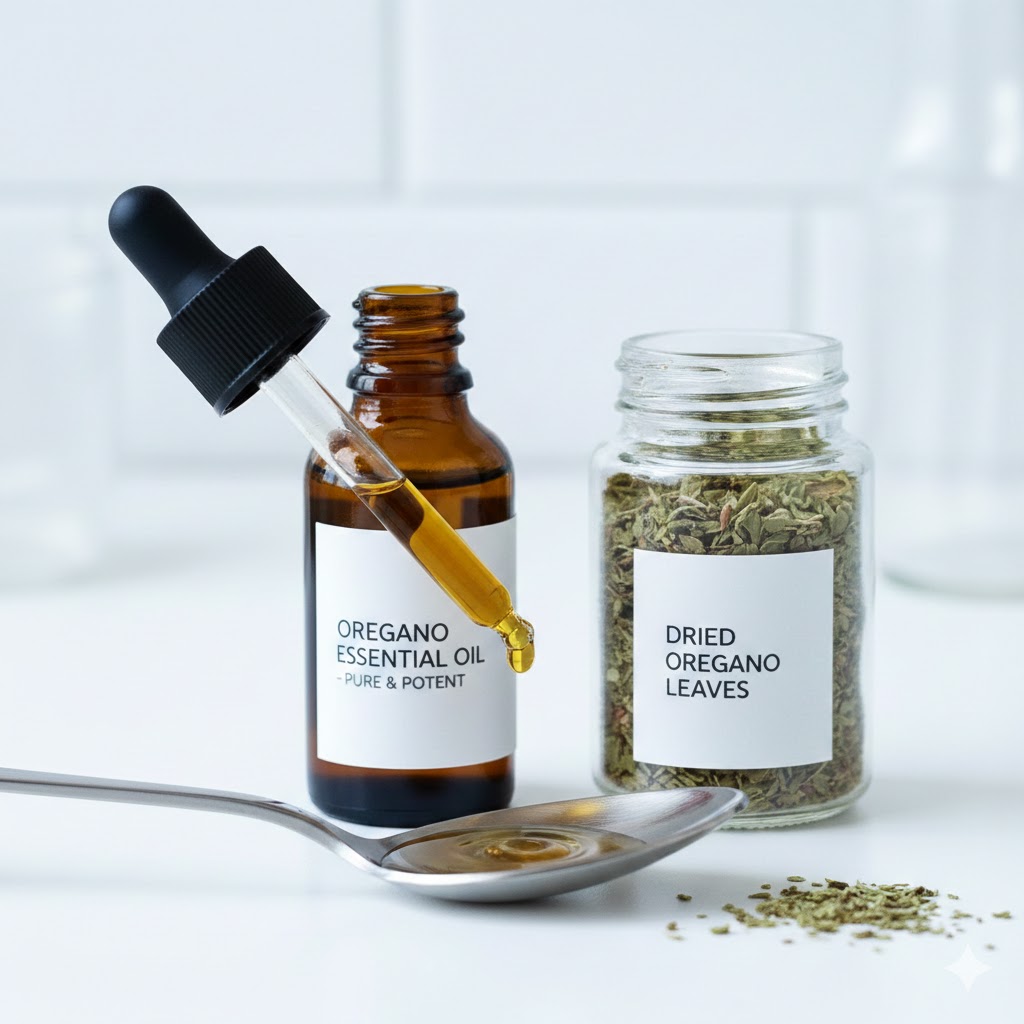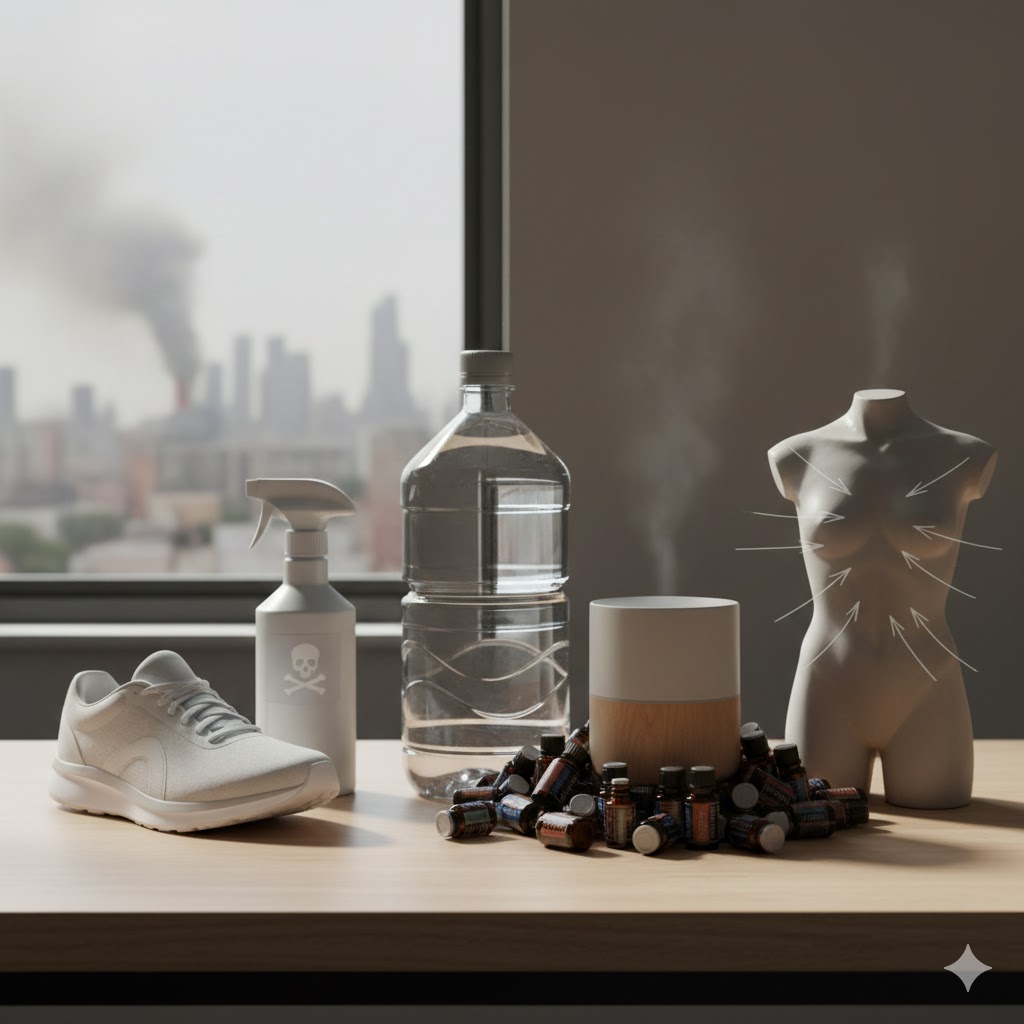“You’ve taken the most important step – quitting smoking. Now begins the remarkable journey of lung recovery. This 30-day science-backed plan will help you remove years of tar buildup, reduce smoker’s cough, and accelerate your body’s natural healing process.”
🔬 The Science of Lung Recovery After Smoking
What Happens When You Quit:
- 72 hours: Bronchial tubes relax, breathing improves
- 2-9 weeks: Cilia regrow, coughing may temporarily increase
- 3-9 months: Lung function improves up to 30%
- 1 year: COPD risk drops by 50% (American Lung Association)
Why a Structured 30-Day Plan Matters:
- Maximizes the body’s natural detoxification window
- Reduces withdrawal symptoms through active participation
- Creates healthy habits to prevent relapse
- Accelerates visible improvements to maintain motivation
📅 Your 30-Day Lung Recovery Plan
Week 1: The Detox Foundation (Days 1-7)
Focus: Hydration & Initial Toxin Flush
Day 1-2: Hydration Launch
- Morning: Warm lemon water (stimulates liver detox)
- Throughout day: 8-10 glasses filtered water
- Evening: Peppermint tea (reduces cravings)
Day 3-4: Anti-Inflammatory Start
- Breakfast: Berry smoothie with spinach
- Lunch: Salmon salad with olive oil dressing
- Dinner: Vegetable soup with turmeric
Day 5-7: Mucus Mobilization
- Steam therapy: 10 minutes with eucalyptus oil
- Breathing: Pursed-lip breathing 5x daily
- Supplement: NAC (600mg) to break down mucus
Week 2: Active Cleansing (Days 8-14)
Focus: Tar Removal & Cilia Regrowth
Day 8-10: Expectorant Support
- Mullein tea: 2 cups daily (traditional lung herb)
- Postural drainage: Morning positions to drain lower lobes
- Exercise: 20-minute brisk walking daily
Day 11-14: Antioxidant Boost
- Foods: Broccoli, kale, oranges, walnuts
- Hydration: Green tea + water (3:1 ratio)
- Technique: Diaphragmatic breathing practice
Week 3: Tissue Repair (Days 15-21)
Focus: Lung Tissue Regeneration
Day 15-18: Omega-3 Focus
- Sources: Wild salmon, flaxseeds, chia seeds
- Supplement: Consider high-quality fish oil
- Exercise: Swimming (humid air benefits lungs)
Day 19-21: Deep Breathing Integration
- Yoga poses: Cobra, bridge, supported fish
- Breathwork: 4-7-8 breathing technique
- Steam: Add thyme oil for antimicrobial support
Week 4: Strength Building (Days 22-30)
Focus: Lung Capacity & Resilience
Day 22-25: Cardiovascular Challenge
- Interval training: Walk-jog intervals
- Altitude simulation: Stair climbing
- Measurement: Track your breathing recovery time
Day 26-28: Immune Support
- Probiotic foods: Yogurt, kefir, fermented vegetables
- Vitamin C: Citrus, bell peppers, kiwi
- Sleep: 7-8 hours for tissue repair
Day 29-30: Integration & Maintenance
- Review: What worked best for you?
- Plan: Continue top 3 strategies
- Celebrate: 30 days smoke-free achievement!
🌿 Essential Recovery Tools & Supplements
Must-Have Supplements:
- N-Acetylcysteine (NAC) – Breaks down mucus bonds
- Vitamin C – Repairs lung tissue collagen
- Omega-3s – Reduces inflammation
- Mullein Leaf – Traditional respiratory support
Daily Recovery Toolkit:
- Steam inhaler – For daily mucus clearance
- Water bottle – Track 2L daily minimum
- Breathing timer – Remind for breathing exercises
- Symptom journal – Track improvements
🍽️ The Post-Smoking Recovery Diet
Eat More:
- Cruciferous vegetables (broccoli, cauliflower) – Sulforaphane removes toxins
- Berries – Antioxidants protect new lung cells
- Garlic & onions – Antimicrobial, anti-inflammatory
- Ginger & turmeric – Reduce respiratory inflammation
Avoid:
- Dairy (first 2 weeks) – Can increase mucus production
- Processed foods – Create inflammation
- Excessive caffeine – Can dehydrate and increase anxiety
💨 Breathing Exercises for Smoker’s Lungs
Morning Clearance Routine (7 minutes):
- Pursed-lip breathing (2 minutes)
- Diaphragmatic breathing (3 minutes)
- Controlled coughing (2 minutes)
Evening Relaxation Sequence (5 minutes):
- 4-7-8 breathing for stress reduction
- Alternate nostril breathing for balance
- Progressive relaxation for better sleep
⚠️ What to Expect: The Recovery Timeline
Normal Symptoms (Don’t Panic):
- Increased coughing (Weeks 1-3) – Lungs clearing out debris
- Temporary congestion – Cilia regrowing and moving mucus
- Changes in mucus color – Toxins being expelled
- Brief shortness of breath – Lungs adapting to new oxygen levels
Red Flags (See Doctor):
- Chest pain that doesn’t resolve
- Coughing up blood
- Fever with colored mucus
- Severe or worsening shortness of breath
📊 Tracking Your Progress
Daily Check-ins:
- Morning cough (scale 1-10)
- Breathing ease (scale 1-10)
- Energy levels (scale 1-10)
- Cravings intensity (scale 1-10)
Weekly Milestones:
- Week 1: Reduced nicotine cravings
- Week 2: Improved morning breathing
- Week 3: Increased exercise tolerance
- Week 4: Noticeable lung capacity improvement
❓ Frequently Asked Questions
Q: How long until my lungs are completely clean?
A: While significant improvement happens in 30 days, complete regeneration takes 6-12 months. Most dramatic changes occur in the first 90 days.
Q: Why am I coughing more after quitting?
A: This is normal! Your cilia are regrowing and starting to move debris out. This “quit smoking cough” typically peaks around week 3.
Q: Can I reverse all the damage from smoking?
A: While some scar tissue may remain, most function can be restored. Studies show ex-smokers’ lung cancer risk approaches non-smoker levels after 10-15 years.
Q: What’s the most important part of this plan?
A: Consistency with hydration and breathing exercises. These two elements provide the foundation for all other recovery processes.
Q: Should I use over-the-counter expectorants?
A: Natural expectorants like steam and mullein are preferred, but consult your doctor if considering medication-assisted options.
Q: Can I use this plan if I’ve switched to vaping instead of completely quitting?
A: This plan is optimized for complete smoking cessation. While reducing harm is positive, vaping still introduces irritants that slow lung healing. For best results, combine this plan with complete nicotine cessation. The same principles apply but may take longer to show significant benefits.
Q: What’s the most common mistake people make when trying to clean their lungs after quitting?
A: Giving up too soon when the “quit smoking cough” intensifies. Many mistake increased coughing for failure when it’s actually a sign the lungs are actively cleaning themselves. Push through weeks 2-3 when symptoms often temporarily worsen before dramatic improvement.
Q: How important is sleep quality during lung recovery?
A: Crucial. During deep sleep, your body produces human growth hormone which facilitates tissue repair. Aim for 7-8 hours of quality sleep and consider elevating your head slightly to reduce nighttime coughing and improve breathing.
Q: Should I be concerned about weight gain during this lung recovery process?
A: Some weight gain is common as metabolism normalizes and taste buds recover. Focus on nutrient-dense foods rather than restricting calories. The health benefits of lung recovery far outweigh temporary weight fluctuations. Many find the energy from better breathing helps them become more active naturally.
Q: Can stress or anxiety affect my lung recovery after quitting smoking?
A: Definitely. Stress triggers shallow breathing and inflammation. Incorporate daily stress-reduction techniques like the 4-7-8 breathing method, meditation, or gentle yoga. Managing stress not only supports lung healing but also reduces relapse risk.
Q: Can exercise really help clean my lungs faster after quitting smoking?
A: Absolutely. Cardiovascular exercise increases blood flow to the lungs, helping to deliver nutrients for repair and remove toxins more efficiently. Start with brisk walking and gradually increase intensity as your lung capacity improves. Even 20 minutes daily can accelerate the cleansing process by up to 40%.
Q: I smoked for 20+ years – will this 30-day plan still work for me?
A: Yes, but manage expectations. While the 30-day plan will kickstart significant improvements, long-term smokers may need 3-6 months for substantial recovery. The same principles apply – consistency is key. Many long-term smokers report feeling dramatically better within the first month, even after decades of smoking.
Q: Are there specific foods I should absolutely avoid during lung recovery?
A: Yes, focus on avoiding mucus-producing foods especially in the first two weeks. Dairy, processed sugars, and fried foods can increase inflammation and mucus production. Also limit alcohol, as it dehydrates the body and can slow the detoxification process when consumed excessively.
Q: How can I tell if my lungs are actually getting cleaner during the 30 days?
A: Look for these positive signs: reduced morning coughing fits, less phlegm production, improved sense of smell and taste, easier breathing during routine activities, and increased stamina. Many people also notice they’re no longer short of breath climbing stairs by week 3-4.
Q: Is it normal to feel tired or have low energy during the first weeks of lung cleaning?
A: Completely normal. Your body is working hard to repair years of damage, which requires significant energy. This fatigue typically improves around week 3 as your circulation and oxygen levels normalize. Rest when needed and remember this temporary fatigue means your body is actively healing.
🎯 Pro Tips for Success
Mindset Matters:
- View coughing as “cleaning” not “suffering”
- Celebrate small improvements daily
- Remember why you quit when cravings hit
- Join online communities for support
Environmental Support:
- Clean your home to remove smoke residue
- Use air purifiers in bedrooms
- Avoid secondhand smoke exposure
- Create a “clean air” sanctuary at home
When You Need Extra Help:
- Breathe Drops – For ongoing respiratory support between detox activities
- Support groups – For emotional and psychological reinforcement
- Pulmonary rehab – If you had significant pre-existing damage











